
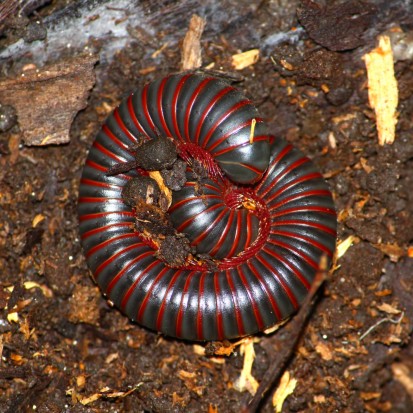
Millipedes are invertebrate insects with segmented bodies, with two pairs of legs present on each segment. The word “millipede” is Latin, and is composed of “mille” (thousand) and “peds” (feet). However, the term “millipede” is something of a misnomer, as millipedes do not actually have 1,000 legs, despite looking as if they might do! There are many different species of millipedes across the world, and the average commoner species of millipede have anything from 36 to 400 legs, although one rare species has 750! The giant African millipede is the largest millipede species in terms of length, has 256 legs, and can grow to almost 40cm long. This is of course significantly larger than the average UK native millipedes that are their cousins!
There are various different species of giant millipede, most of which are suitable to keep as pets. A couple of the more common species of pet millipede include the giant African millipede, and the Ghana chocolate millipede, which are black and brown in colour respectively, but otherwise appear fairly similar to each other.
If you are considering keeping a giant millipede as a pet, this article will provide you with some more information about these interesting and rather fearsome looking insects, plus some safety tips and advice on keeping pet millipedes for the first time.
Millipedes thrive in dark, damp spaces, and can often be found in the wild by turning over rotten logs or smaller rocks. They eat by consuming vegetable matter from the nutrient-rich soil that they move through, eating rotten vegetation and anything else that has a high nutritional content as they go. Millipedes have very poor eyesight, and actively avoid the light.
While millipedes do not bite, they do have another defence mechanism at their disposal. Millipedes are generally fairly docile, and if handled carefully and with respect, are safe to pick up and look at. However, the pores of a millipede’s body can secrete a chemical substance that is irritating to the skin, and can be dangerous if it comes into contact with the eyes or mouth. Different giant millipede species secrete chemicals of varying different levels of potency, so it is important to research all of the potential giant millipede species available before deciding on a purchase.
While giant millipedes can secrete a harmful chemical compound if threatened, generally they are safe to handle, providing that you are alert to the warning signs of unhappiness in your pet! If you wish to pick up a millipede safely, the easiest way to do this is to allow them to crawl onto your hand, rather than actually physically taking hold of them. A frightened of threatened millipede will roll into a ball as its first line of defence, presenting its hard exoskeleton to the potential threat and protecting their softer tissue. Trying to pick up a millipede that has rolled into a ball, or worse, trying to pry your millipede out of their ball can lead to defensive secretion of these chemicals, and so this should be avoided at all costs!
Never allow children to handle giant millipedes without supervision, and always teach your children about the safest ways to handle them, should you choose to allow your children to handle them at all.
Giant millipedes require a moist, humid atmosphere to thrive, with several inches of damp compost as a substrate. Giant millipedes can grow to almost 40cm long, and so their tank should of course be long enough to house them comfortably; a tank of at least 1.5 times the length of the millipede itself is required. The tank does not have to be particularly high, as millipedes are ground dwelling, but shorter tanks should of course have a well-secured lid to prevent escape!
Humidity is vitally important for giant millipedes, and the substrate of the tank should be kept damp, but not wet, at all times and throughout the entire depth of the substrate. Millipedes do not require any other decoration or equipment within the tank, although if you do wish to provide some then this is of course fine. Some live plants such as certain types of orchid actually thrive under the same living conditions as millipedes, so you might even wish to consider adding some live plants into your millipede’s tank for a little extra visual appeal!
Giant millipedes eat vegetation that is beginning to break down and decay naturally; they will not eat fresh food! A range of fruits and vegetables that are very ripe can be offered, and these should be left in the tank to begin the organic process of decay until your millipede is ready to eat them. Giant millipedes also require calcium to support the health of their hard exoskeleton, and you can buy a special calcium powder to lightly dust onto their food to fulfil this requirement.
As giant millipedes hail from much hotter climates than the average UK room temperature, keeping them warm enough is important. An in-tank heating mat placed under the substrate is the best way of maintaining the temperature of the tank, with a thermostat and thermometer to regulate and monitor the temperature. Different varieties of giant millipede have slightly different temperature requirements, although the average temperature requirement is around 18-23 degrees Celsius, so not particularly hot.
As an exotic and rather unusual pet, giant millipedes can be hard to find offered for sale, unless you happen to have a breeder or specialist retailer in your local area. One of the best ways to find giant millipedes for sale is by browsing the Invertebrates section here on Pets4Homes for millipedes for sale.
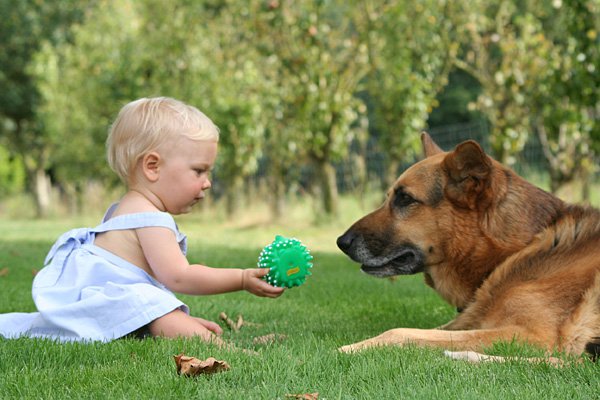 How Should Pets Be Handled To Enhance Health?
How Should Pets Be Handled To Enhance Health?
 Underground Dog Fence Installation- Keeping Your Dog within Bounds
Underground Dog Fence Installation- Keeping Your Dog within Bounds
 Helping To Keep Blind Dogs Safe
Helping To Keep Blind Dogs Safe
 Find Your Dogs With A Cage Free Boarding & Grooming in Ontario
Find Your Dogs With A Cage Free Boarding & Grooming in Ontario
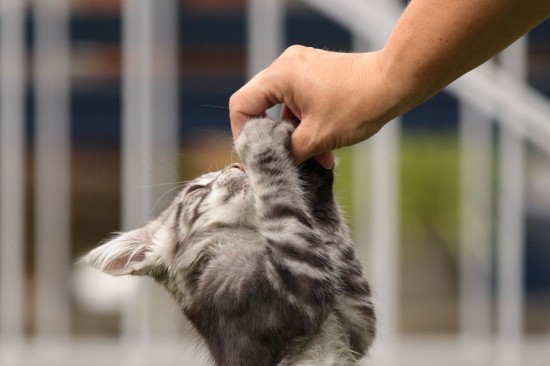 Cat Aggression Towards Owners And Other People
Cat Aggression Towards Owners And Other People
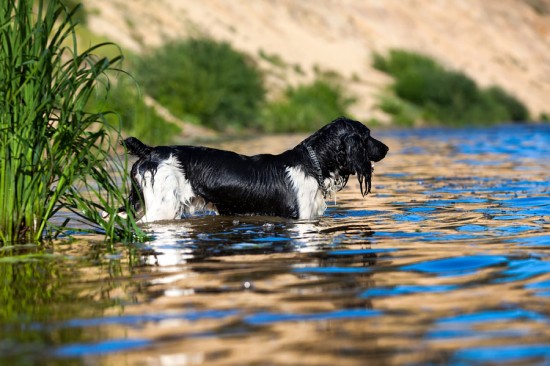 Can Your Dog Swim? Why Some Dog Breeds Cant Swim
Can Your Dog Swim? Why Some Dog Breeds Cant Swim
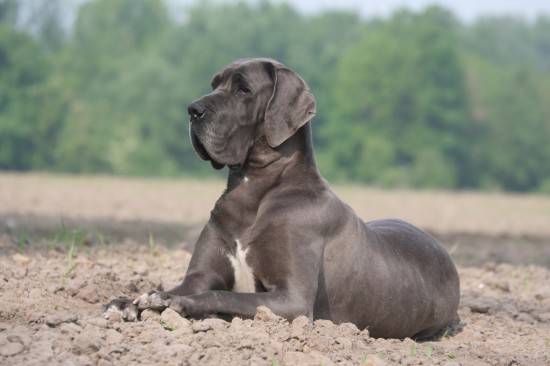 Great Dane Hereditary Health And Longevity
Great Dane Heredi
Great Dane Hereditary Health And Longevity
Great Dane Heredi
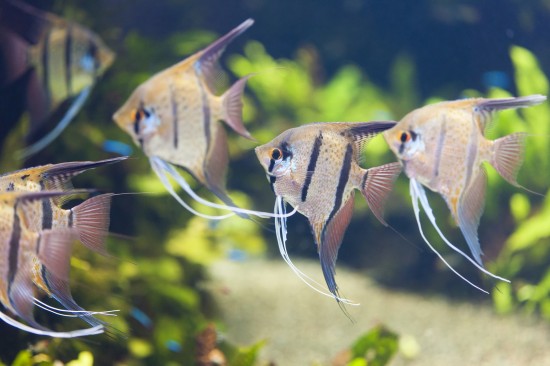 Freshwater Angelfish (pterophyllum Genus)
Freshwater Angelf
Freshwater Angelfish (pterophyllum Genus)
Freshwater Angelf
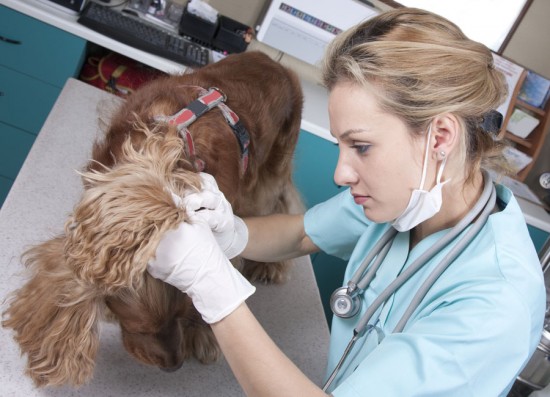 Alopecia In Dogs - What To Do If Your Dog Is Losing His Fur
Alopecia In Dogs
Alopecia In Dogs - What To Do If Your Dog Is Losing His Fur
Alopecia In Dogs
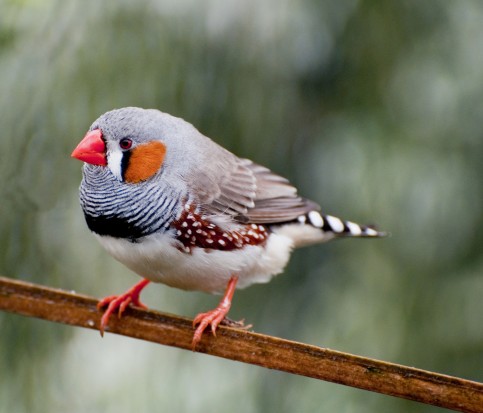 Bird Profile - Zebra Finch
Bird Profile - Ze
Bird Profile - Zebra Finch
Bird Profile - Ze
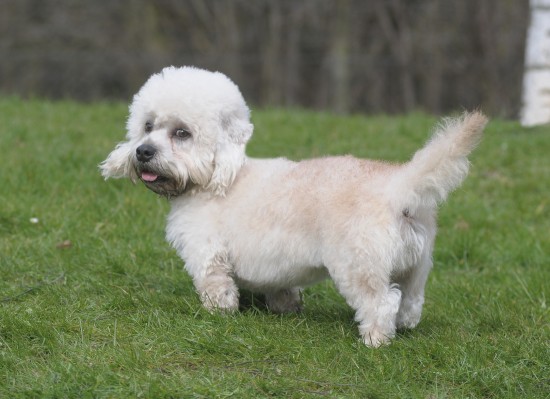 The History And Background Of The Dandie Dinmont Terrier
The History And B
The History And Background Of The Dandie Dinmont Terrier
The History And B
Copyright © 2005-2016 Pet Information All Rights Reserved
Contact us: www162date@outlook.com